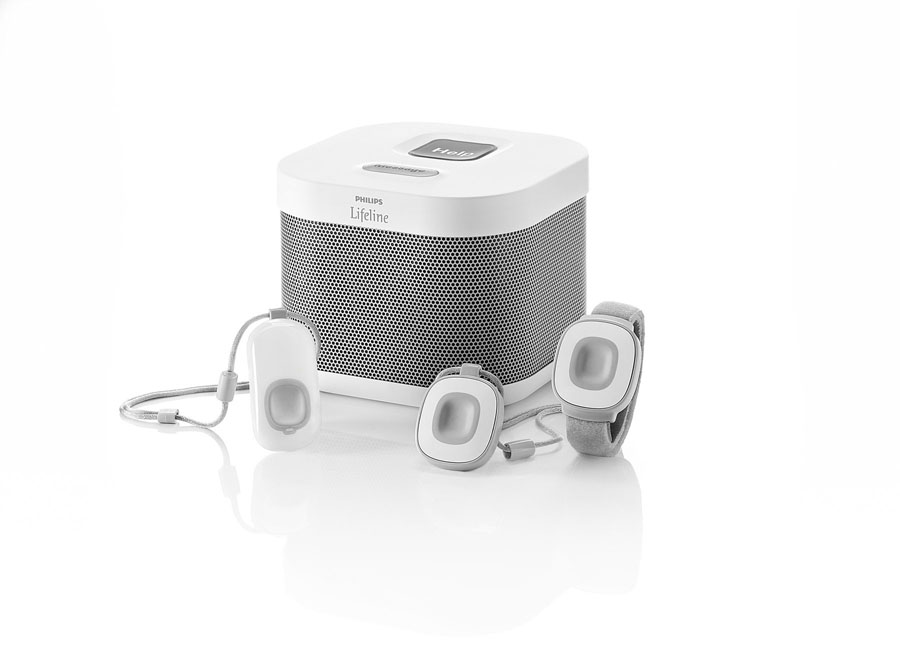What Are My Medical Alert Help Button Options?

Medical alert help buttons have come a long way over the years. The options available today allow you to choose a button that meets your needs and gives you the protection you want in case of a fall or medical emergency. This article will help you select the kind of medical alert device that’s right for you.
How help buttons are worn
Help buttons can be worn in one of two ways: as a pendant or wristband. In both cases, the device has a button you can push to get quick, expert help in case you have a bad fall or other emergency. The button connects you via two-way voice communication to a 24/7 response centre. Some pendants and wristbands are larger and less attractive than others, so be sure to choose carefully. The ones offered by Lifeline feature an attractive, more subtle design. (For more information on how medical alert help buttons work, see What is a medical alert device?)
Available options
Medical alert providers usually offer additional options to their standard, help-at-the-push-of-a-button home version. These options provide an additional level of protection for people with special needs or lifestyle choices.
No landline required: Most help buttons work by sending a signal to a small box-like “communicator” base unit that is plugged in to your landline connection. Some providers offer a wireless option so that no landline is required.
Automatic fall detection: Some help buttons are designed to automatically detect a fall and call a response centre for help, even if you can’t push your button. They usually allow approximately 30 seconds for the person wearing the device to cancel the alarm by pressing their help button. Automatic fall detection is particularly beneficial for people who have a high risk, history or fear of falling. However, it should be noted that some providers’ fall detection devices are more prone to false alarms than others. It’s important to make sure your provider’s fall detection capability is as accurate as possible so that actions such as bending over or sitting down do not trigger a help call.
IMPORTANT: Even the most accurate of today’s automatic fall detection technologies cannot detect 100% of falls, so if you fall you should always push your help button if you can.
Mobile service: For seniors who are active outside the home, mobile medical alert devices are available that extend the same help button and automatic fall detection capabilities outside the home. Mobile devices are only available as pendants and do not require a communicator base unit. Mobile help calls are transmitted using a wireless signal that also allows two-way voice communication. Most mobile devices only use GPS to locate the person wearing it, but Lifeline has five additional locating technologies to ensure the person can be found.
Find the medical alert device that’s right for you
As you can see, there are many choices available when choosing a medical alert device. We recommend that you find a provider you can trust to help you choose the right device for your needs. Choose a provider who has a proven track record over many years and has a reputation for providing expert, reliable service.
Learn more at lifeline.ca.
CARP members get 20% OFF the monthly service fee*
*Offer available at locally participating programs and valid for new activations only. Not to be combined with any other offer. Some restrictions apply.



